On the outside it may sound quite simple but a quick view over a handbook which introduces the technical information of wire and cable reveals the huge variety there is, in the classification of different types of wire and cable. It also provides the reader with an understanding of the complexity of such products with regards to material, application, variety, and cost. in spite of its numerous benefits, electricity can be a killer and the many hazards associated with it make it necessary for everyone to have a minimum acquaintance with the characteristic of electricity. it is also a good idea for everyone to learn how different conductors in the form of wire and cable are devised to lead electricity to the electrical appliances which subsequently harness the power of electricity and put it into amicable use and make it a blessing to modern life that is incomparable to any other. I would like to begin by introducing the very essence of electricity and electric current. Electricity is defined as, when electric positive and negative charges for some reason move from one side to the other side of a conductor. What makes our electrical equipment work is electric current. For electric current to be able to flow we need to maintain the constant movement of electrons carrying the charge in the conductor.
Wire and cable handbook
The information we often expect to find in a handbook of wire and cable often includes a basic introduction of electricity, features of different conductors used to transmit electricity, features of different insulation material used to cover conductors. Another subject that needs to be presented in wire and cable handbooks is the shield and armor used in power and electronic wire and cable, along with some explanation for the reasons of their application and the different types they come in. An introduction of different cable and wire types together with the criteria for choosing a specific type and size of cable seems to be the most important section of a wire and cable handbook. Such a handbook would be incomplete without explaining how residential, commercial, and industrial constructions are different with respect to the type of electric power and cable needed to meet their requirements. Perhaps the most practical part of a wire and cable handbook would be a section instructing users on how to carry out simple and less technical repairs of their home electrical systems.
Wire and cable technical information handbook
The information most frequently sought in a technical handbook for wire and cable is what different types of cable and wire there are, and what each type is used for. the cable type which is familiar to almost anyone, and most people have probably used is Construction and building cable. it includes an expansive variety of cable types, capable of conducting 300 to 600- volt electric power. These types include UL types THW, THW-2, THWN, THWN-2, THHN, TFFN, TFN, RHH, RHW, RHW-2, USE, USE-2, thermostat wire, SER, SE-U, XHHW, XHHW-2 they are mainly used in construction buildings.  The UL types can stand a heat of 90ºC either in damp or dry conditions. The letters we see here; each indicate a particular feature of that cable. for example, T indicates that the cable is thermoplastic, H indicates that this cable is heat resistant, and HH would mean it is resistant against high heat. W is an indication that the cable can be laid in both wet and dry locations, N means that the nylon jacket of the cable protects it against oil and gasoline. X means the insulation is crosslinked. So next time you see these letters printed on a type of cable, you know what characteristics you can expect form it.
The UL types can stand a heat of 90ºC either in damp or dry conditions. The letters we see here; each indicate a particular feature of that cable. for example, T indicates that the cable is thermoplastic, H indicates that this cable is heat resistant, and HH would mean it is resistant against high heat. W is an indication that the cable can be laid in both wet and dry locations, N means that the nylon jacket of the cable protects it against oil and gasoline. X means the insulation is crosslinked. So next time you see these letters printed on a type of cable, you know what characteristics you can expect form it.
Wire cable with hooks
Electricians often need to keep wire and cable fixed in position with a hook, connector or other accessories devised for this purpose. Based on the type of Wire and cable, connectors can generally be classified into three group. Coaxial connectors, data connectors and power connectors. coaxial connectors are electric extensions added to the cable. it means when connected to the cable they should bring the least disruption possible to signals. Interestingly, this type of connector is named in relation to how much impedance it causes in the current. Next category of connectors is data connectors they are used to connect communication equipment. famously known as RJ11 and Rj45 these connectors are modular and come in the form of jacks and plugs. They are designed to connect solid and stranded wire. Next one is power connector, it is used to attach electrical power cables. Compression connectors, a good example of power connectors, are easy to control, and electricians tend to rely on them more than other connectors. one important requirement for a power connector is that it must be able to stand surges in current, inclement conditions of the environment such as vibration, corrosive substances, and vibration.
Wire and cable book
Manufactures of wire and cable often leave a book or booklet in the packing. In this booklet the customer can find information about technical features such as size, weight, resistance, and voltage capacity. Available in the booklet is also information about the applications of that cable. The booklet also tells us about the conductor and insulate material of the cables. It is also available on the company’s website. Product information booklet is different from a company’s catalogue. Catalogues often include information about the company capabilities its background its range of products and individual introduction of the features of each product. Another important content of a company catalog is what certificates, and standards they are offering their goods with, product guarantee policy, how the company can be contacted, the famous customers they have supplied wire and cable to, their future prospects are also presented in the company catalog some companies might also include information about their personnel education in their catalogue. 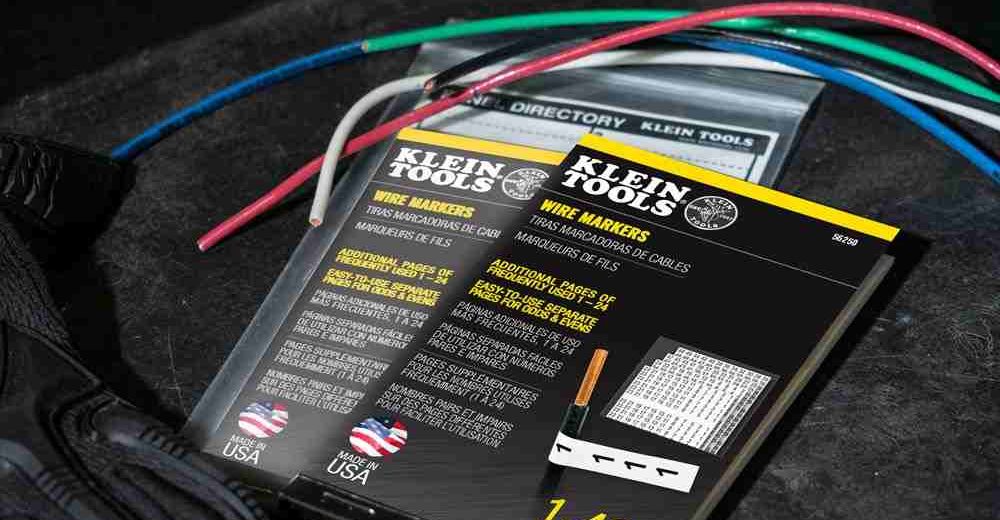
Wire and cable technical information handbook pdf
In order to make it easier for customers, manufactures often ask them to download form their website, the pdf file of the technical information handbook for the wire and cable they need. This will also help the environment. The technical handbook includes information about voltage capacity resistance, whether the cable is solid or stranded. number and diameter cores, current rating, conductor, and insulation material. they also include information about what conditions the cable can be used in, based on its feature. In cases where there may be possible dangers, information about where the cable should not be used is also included. We don’t ordinarily expect to find price list information, although some companies might do this to distinguish themselves from the rest. Technical information handbook can serve as a criterion to assess how much the company cares about providing information about the product to the buyer. For this reason, companies take great care to compile a technical handbook as complete and informative as possible.
Ul wire and cable marking guide
Ul stands for underwriting laboratories and is the rating criteria for wire and cable, through markings printed on cable jacket, reel, flange or carton they indicate that the product has been tested and rated by ul. Almost all reputable brands in the world obtain this standard along with their local standards to indicate that their products live up to world class standards. It is a sound advertisement for the reliability of their product. Furthermore, Wire and cable industry leaders like Alpha and Belden’s main standard reference is ul. One might ask how are the national electrical code NEC and ul connected? most of ul’s standards for wire and cable are designed in a way that makes them compatible with the requirements listed for the installation, only in cases like board cable, marine shipboard, and appliance wire material do we see discrepancies. Even in these cases they are trying to converge their requirements to finally reach a unified whole. This will facilitate uniform standardization of the whole cable and wire products and provide clear guidelines for manufactures, also clear information to consumers. 
Wire cable guide roller
In order to explain what a wire cable guide roller is, first we must remember that, as the component responsible for the transmission of electric power in buildings and other constructions, it is crucial to exercise great care to protect wire and cable jacket, conductor insulator and conductor, from possible harm or damage caused by sharp edges rough, prickly surfaces or heavy objects falling, all of which abundantly present in construction sites. One way is to apply wire and cable guide rollers, these rollers are screw attached to the edges and then and the cable is placed in the wheel of the cable guide, this will always maintain a clearance between the wire and sources of damage.
Wire and cable tips
Here are a number of tips to remember if you are going to buy wire and cable for your building construction. first of all, the only criterion that can insure the specifications given in the specs table are real and reliable is the standard the company has obtained from international or local standard agencies this standard is often printed on the wire and cable jacket ICE, UL are strict international standards. As a national standard, ISIRI is widely known and presented for wire and cable products in Iran. standard markings are printed on the packing and the cable itself for that cable or wire. Secondly. Get engineering advice from electricians and engineers about the appropriate cable or wire type. And always predict what class of application the building is going to be used in, in order to prevent the necessity of future repairs and changing of the wire system in the buildings which often incur dear costs and are time consuming.
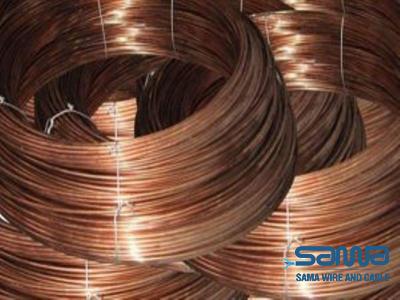
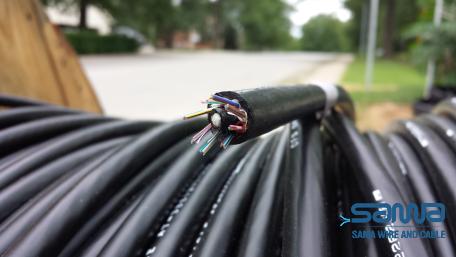
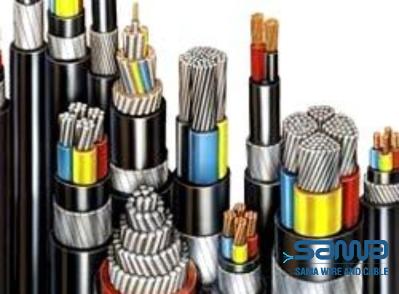
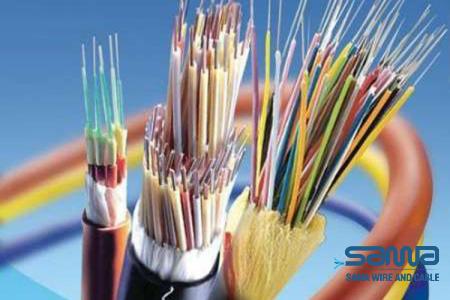
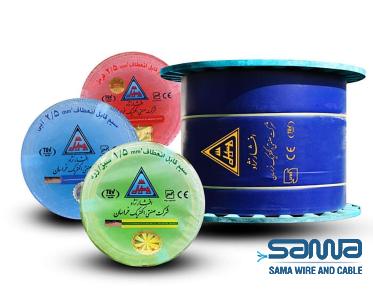
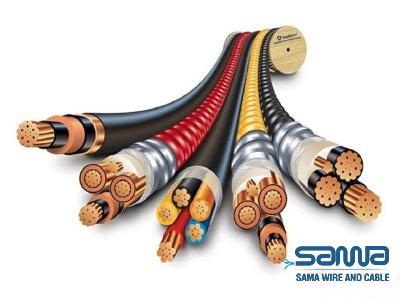
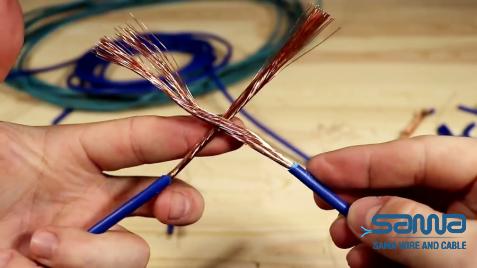
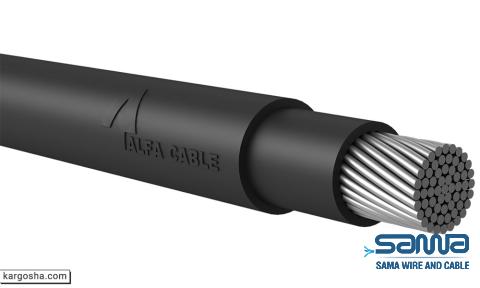
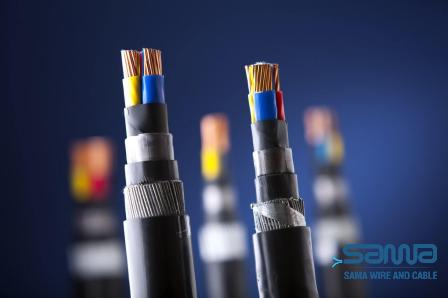
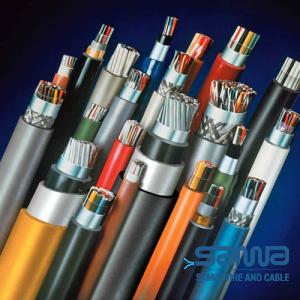
Your comment submitted.